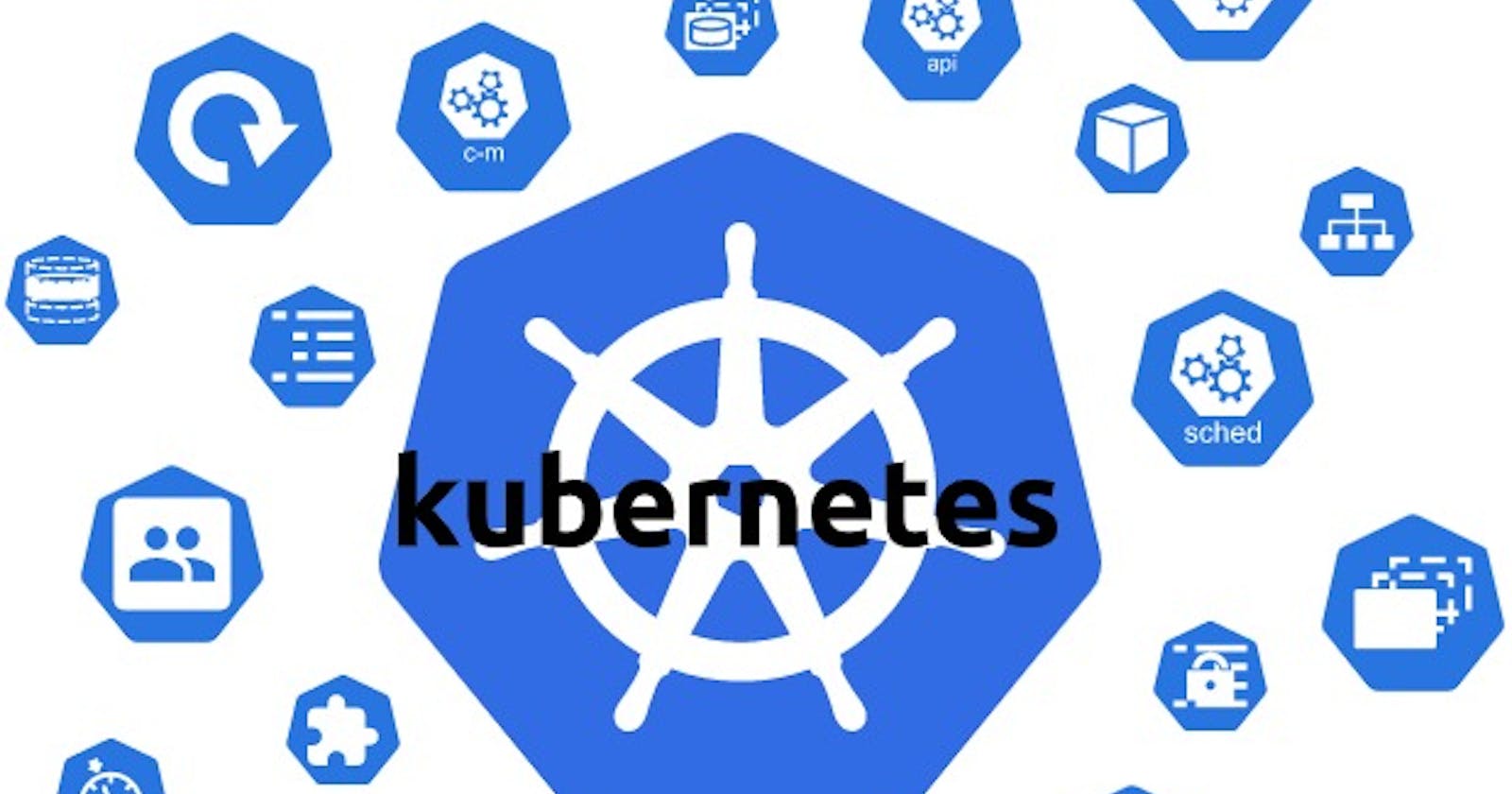Table of contents
Kubernetes is an open-source container orchestration platform that automates the deployment of containerized applications.
The orchestration here does not have anything to do with your music orchestra. Orchestration in Kubernetes language choice is simply a manager. In the simplest sense, Kubernetes is a platform or technology that manages applications packaged in containers.
If you have an idea of docker, you will come to a clear understanding of why applications are bundled and executed as containers.
In a production setting or a microservice architecture where there exist tons of containers, it will be safe to manage these containers for high-performance sake.
Kubernetes manages and monitors the execution of application deployments as well as hundreds of containers in different environments - developer's machine, Cloud environments, etc.
As mentioned in the fourth paragraph of this article, the adoption of Kubernetes became a hot choice in modern-day software development and deployment due to the shift from monolithic to microservice architecture.
Monolithic Architecture
For monolithic architecture, the software is built as one gigantic system, the entire application together with its subordinate application and dependency is structured and built into a single large and complex unit for simple and speedy development, testing and deployment.
But one would be left to imagine how much of an uphill task it would be in managing and scaling all facets of the large/complex system since all of its units are integrated into a single whole.
Microservice Architecture
For microservice, complex applications are broken down into containers or units, each of these units is self-contained and can stand alone rendering a specific service, carrying out tasks independently and communicating with each other through an API.
The modern-day application development and deployment kicks against bottleneck approaches that may pose a hindrance to the application’s health, security and overall performance, container orchestration tools like Kubernetes make it possible to coordinate and manage these containers to produce the desired effects.
Reasons for the Adoption of Kubernetes
Among other container orchestration tools out there, even our beloved docker swarm, why do organisations choose to maintain their microservice architecture using Kubernetes? It would be quick to mention the popularity and large ecosystem and community support. But objectively, Kubernetes has features that shine as outstanding importance.
Below are a few!
- An advanced pattern of scheduling
Kubernetes provides advanced and automated schedulers to launch containers on nodes within a cluster.
Based on the requirement of resources to be used by the objects in a cluster, such as storage capabilities, CPU, hardware, application artefacts and dependencies, Kubernetes can on its own, configure each container deployment using the resources available and take into cognizance possible resources limitation, that way, engineers will not need to manually deploy these objects on within the cluster.
- Self-healing Capabilities
Without any human intervention, Kubernetes can discover and heal on its own in instances of failure.
The self-healing capability plays out in Kubernetes, always watching that containers are up and running and in a situation where a container or pod dies, Kubernetes spins up a new pod from the replica created of that pod. Kubernetes also uses its probe feature to monitor the behaviour of pods. Should any pod fail a probe, Kubernetes will enforce a replacement for that pod.
- Automatic rollback
Should something go wrong with the application, one can roll back the change. What this means is that if an upgraded version of an application is running on Kubernetes, once an issue is detected in the running version, Kubernetes automatically returns to the previous version without stopping the application or causing downtime.
- Kubernetes scales Horizontally
Kubernetes can scale up and scale down an application depending on the amount of traffic popping into the application. On its own, Kubernetes increases the number of pods assigned to a node to meet an increase in traffic.
As the traffic gets higher, Kubernetes scales higher and the number of pods in use gets higher to meet the demand. When traffic decreases, Kubernetes will reduce the number of pods assigned. This will help to run the application at a managed cost and also for the optimum usage of computing resources.
- Storage Storage Management
With Kubernetes, engineers and administrators can define a method of storing their data, container files system, secrets, other application’s utilities and cluster information in a managed way. Storage in Kubernetes is not static. Other forms of storage can be provisioned within the cluster or outside the cluster and integrated through an API. external storage can be provisioned in a drive, local machine, Cloud or any other storage system of the user's choice.
- Secret configuration and management
Kubernetes does not gossip, it can keep secrets and keep them safe. The credentials used for authentication and other secrets generated within the cluster for application configuration are carefully managed by Kubernetes.
With the secret management abilities of Kubernetes, admins and developers can securely apply sensitive data to applications deployed and executed in the cluster. Sensitive data can be saved in Kubernetes and they will not be exposed to unauthorized parties.
- Kubernetes is Platform agnostic
Kubernetes is open source and can be integrated within an on-prem environment, Cloud infrastructure like DigitalOcean, AWS, Azure, GCP, etc. It can also be integrated within a CI/CD pipeline such as Jenkins, argoCD, Azure DevOps etc. Kubernetes is compatible with any programming language and framework and makes use of the same APIs across the board.
- Steady availability
There is zero downtime with Kubernetes. Applications running on kubernetes are always up and high performing, speedy loading even when there is a disruption. This steady availability feature makes applications available and accessible to end users round-the-clock. With kubernetes, it is easier to retrieve data due to its automated and reliable backup mechanisms making kubernetes a reliable technology for all.
